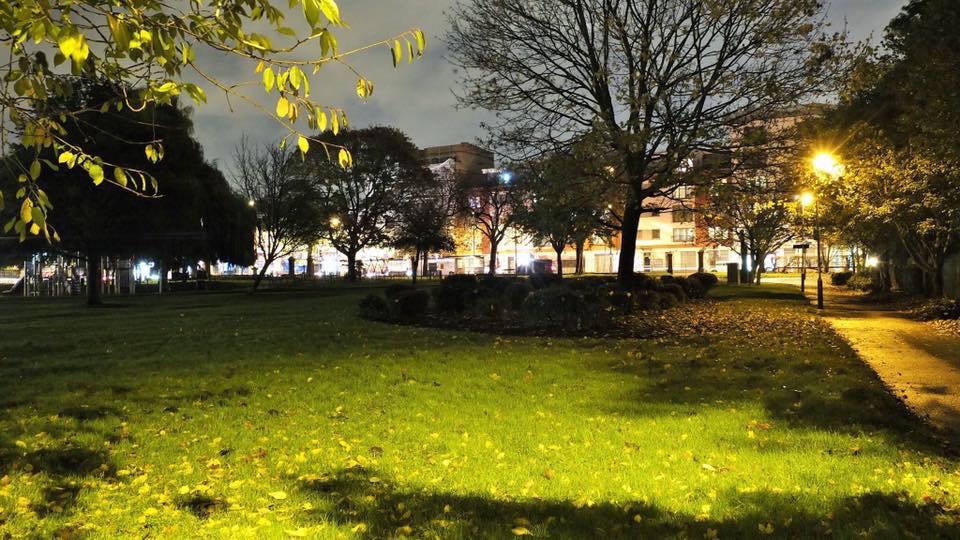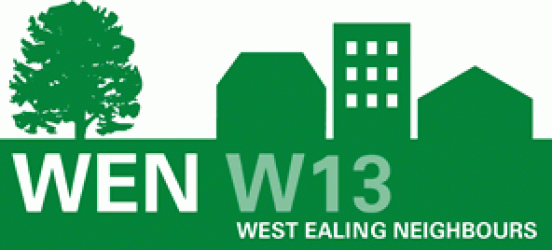Unofficial estimates of Southall’s population are a staggering 150,000 people. Even the ONS 2001 census pegs the population at over 100,000. Life expectancy is lower than in any other part of Ealing; deprivation is not uncommon; and unofficial estimates of population density are typified by three bedroom homes each housing 7 to10 people.
Against this backdrop just 20 residents attended the Ealing LDF Public Consultation meeting held in Southall last night. I cannot believe that the other 70,000 or 100,000 adults in Southall are not interested in Southall’s future. This abject turnout must be blamed on Ealing Council’s failure to publicise this meeting either at all or certainly effectively.
Ealing’s elected Regeneration supremo Councillor David Millican and Southall’s Councillor Singh attended the meeting.
All the residents were very unhappy about the Southall Gas Works site Planning Application. The major gripes are about infrastructure and access. Many thought that if the application succeeded and the 2,618 home are built, it would ruin Southall forever. The 90 acre triangular site directly to the south west of Southall town centre could be home for over 18,000 people. However the site is ‘locked’ on its three sides by the railway, the canal and the massively congested town centre. A new road(s) is needed – before any homes are built – to provide access to and from Hayes. If access is only to and from Southall town centre then mayhem will be the result. Residents talked about asbestos and arsenic contamination on the site. The site has been the former home to three chemical companies and during WWII it contained an aircraft fuel storage depot.
We of course broke up into three round table groups.
In my group the point was well made that Ealing Hospital in Southall was built 30 years ago to serve 180,000 to 200,000 residents. It now attempts to serve over 300,000 Ealing residents. We clearly need an additional hospital. The amount of open space in Southall is small and more must be created. All four State Primary Schools in Southall only have tarmac playgrounds and no grassed play areas. The 5.2 acres Glade Lane space immediately east of the centre was highlighted. It is currently three feet deep in fly-tipped material. In 2004 it was estimated that it would cost £1.6 million to clear the site. If this site was cleared it might make an excellent site for a Park and Ride scheme. Poor North/South public transport was discussed as was the biomass energy plant. 1,600 wrote objecting to the plant Planning Application on the Gas Works site and Ealing Council turned the application down. However Council Officers seem confident that the Government will ‘call in’ that decision.
The summaries of another group questioned what contingency plans the Council had if the population increase estimates proved to be under-estimates. He also made the general point about current and future pollution levels exceeding European limits and attracting fines – beginning in just a few months time.
The summing up by the last group really hit the spot with me and other residents and caused consternation amongst Council representatives. I’ll paraphrase his tour de force:
‘Southall residents are interested primarily in improving their quality of life. Five years ago 250 residents sat in this very hall and loudly objected to attempts to sell them on an even bigger and denser Gas Works site proposal. Many Council proposals had been floated over the years but none of them have been implemented. We need more community facilities not fewer. Public facilities are being sold off to the private sector, and they should not be. Local plans should be drawn up by local people. Ask the people of Southall what they want and they’ll tell you. We’ve told you before that we want sports facilities, health facilities, solutions to the traffic gridlock, measures to reduce violence and drug taking, activity centres for young people…’ At this point Councillor Millican objected and said that the speaker was voicing his own views and not the views of the group…another resident disputed this…the original resident started up again and Ealing Council’s Interim Planning Policy Manager Steve Barton attempted to curtail the speaker.. but he went on…until he finally gave up. Residents clapped him.
Eric Leach
Vice-Chair WEN
25th September, 2009


What has struck me throughout the whole consultation process of these 4 public meetings run by the Council is how small a reach the Council have had in terms of the population of Ealing. We are at 300,000 residents and growing and my estimates are that only around a 100 or so residents attended. This is due to the woeful lack of publicity for these meetings as I do not believe that 299,900 residents do not care about what Ealing may look like in 2026. How the Council can think they have done a good job in this regard astounds me; if I was part of the team running this consultaiton exercise I would be ashamed.
Hi, gill here, one of the WEN Committee members and attendee at the Ealing town Hall LDF meeting (also ill-attended)…
What strikes me is the huge unanimity amongst the residents of Ealing – we’re all saying the same thing: population too big and set to grow, not enough facilities.
How, actually, can the council not listen to us?
gill